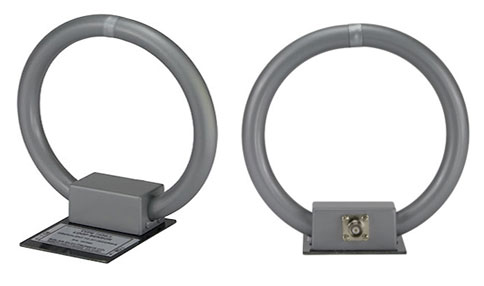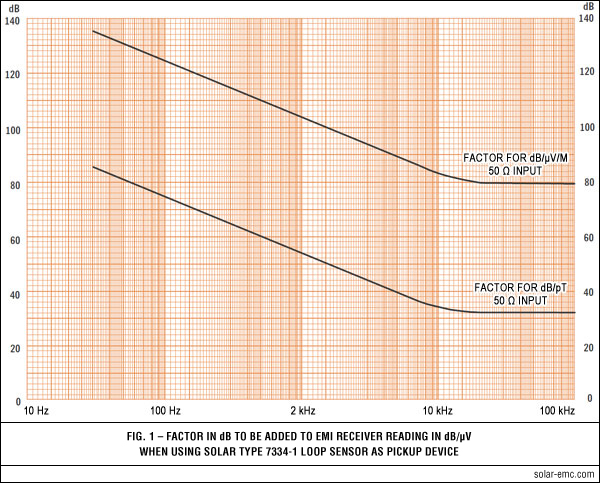Type 7334-1 Loop Sensorfor RE01 and RE101 magnetic emission tests |

 |
| |||||||
 |
Type 7334-1 Loop Sensorfor RE01 and RE101 magnetic emission tests |

 |
| |||||||
 |
| Product List |
| item # | page links |
| 7334-1 | Loop Sensor, RE01, RE101 |
| 7429-1 | Loop Antenna, RS01 |
| 9229-1 | Loop Sensor, RS101 |
| 9230-1 | Loop Antenna, RS101 |
| item # | page links |
| various | 10 µF Feed-Thru Capacitors |
| 7525-2 | Series Capacitor, 0.1 µF, BNC |
| 9133-1 | 3 Phase Delta Capacitor, 10 µF |
| 9146-1 | 3 Phase 'Wye' capacitor, 10 µF |
| item # | page links |
| 7415-3 | RF Coupler and High Pass Filter |
| item # | page links |
| various | Line Impedance Stabilization Networks EMI voltage from power lines to ground |
| item # | page links |
| various | RFI/EMI Current Probes and Injection Probes |
| 9335-2 | Multiple Impedance Coupling Clamp |
| item # | page links |
| various | Resistive Devices |
| item # | page links |
| 8121-1 | Adapter for Type 7021-1 Phase Shift Network, 200 amperes |
| 8801-1.6 | Inductor, 1.6 mH, 10 A, VDE 0871 A1/APR 84 |
| various | Calibration Fixtures |
| Clock | Engineer's Clock |